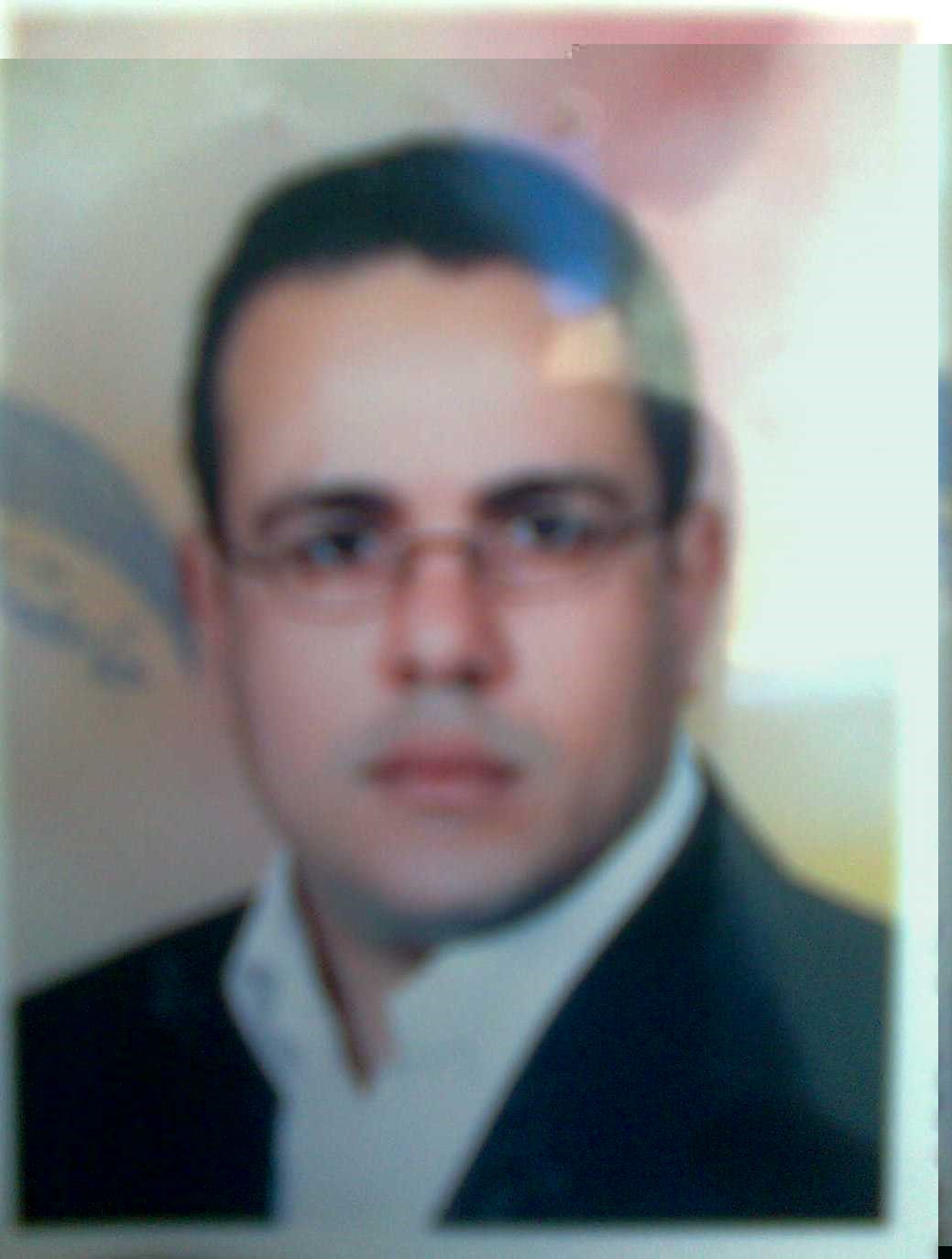ABSTRACT
INTRODUCTION
evaluation of HD adequacy in patients with ESRD who were being maintained on
regular HD in a trial to identify the prevalence and causes of inadequate HD among
the patients and the impact of HD adequacy on other parameters.
DESIGN AND SETTING:PROSPECTIVE STUDY, AT SOHAG UNIVERSITY HOSPITAL IN EGYPT.
METHODS
All patients in this study were subjected to laboratory investigations including blood
urea nitrogen (BUN) (before dialysis and after dialysis), serum albumin, and
hemoglobin (Hb) level.
• URR = (1 - [postdialysis BUN ÷ predialysis BUN])
Kt/V was calculated using the second-generation Daugirdas formula
• Single-pool Kt/V = −In (R −0.008 × t) + (4 −3.5 × R)×UF/W,
R is the ratio of postdialysis to predialysis BUN; t is the length of a dialysis session
in hours; UF is the ultrafiltration volume in liters; and W is the patient’s postdialysis
weight in kilograms.
RESULTS
The results shown that 69,64% of patients had adequate HD (KT\V >1,2),and only
30,36% of patients had indequate HD (KT\V>1,2).
CONCLUSION
A significant percentage(69,64%) of patients in the HD unit of Sohag University
hospital had adequate HD. HD adequacy was influenced by several factors such as
duration and frequency of the dialysis session.

